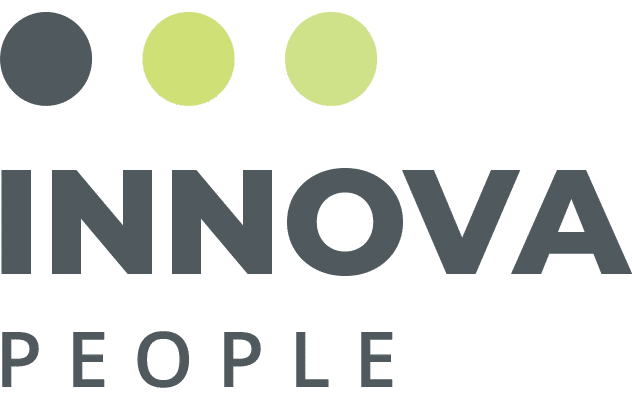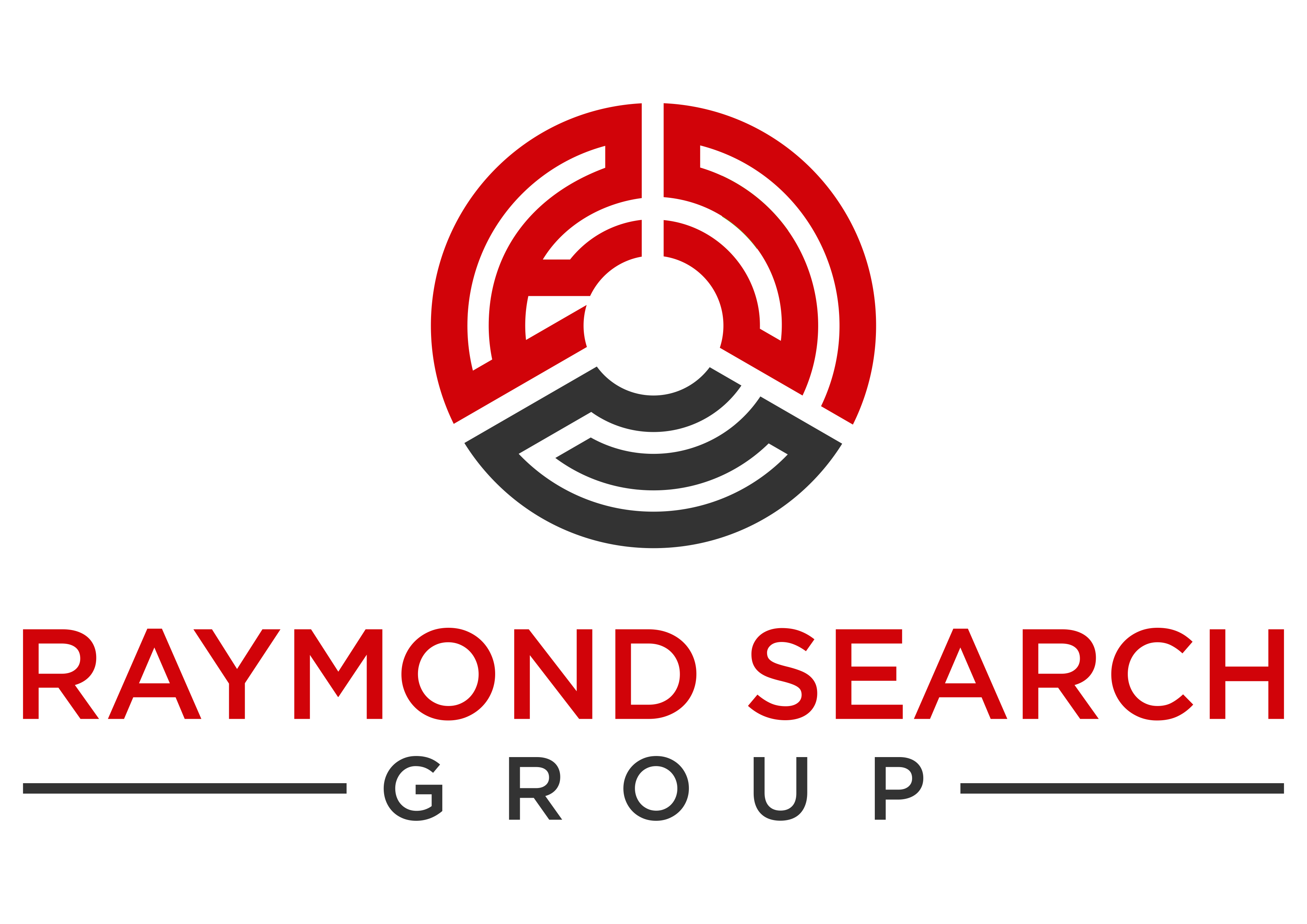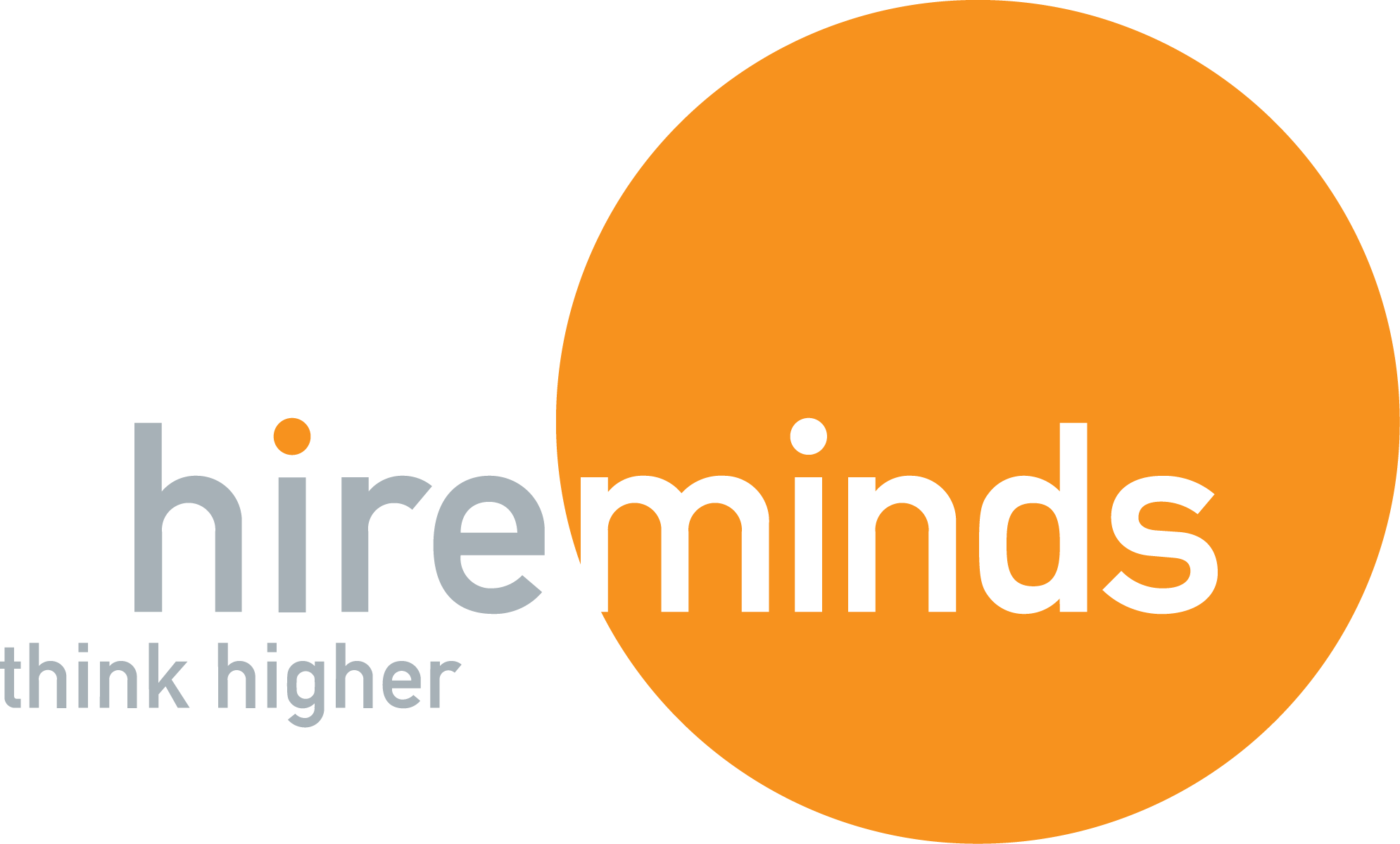
In today’s globalized and interconnected world, diversity and inclusion (D&I) are no longer just buzzwords; they are essential components of a successful and innovative organization. As a hiring manager, fostering a diverse and inclusive workplace is crucial to attracting top talent, driving innovation, and improving overall business performance. Here’s how you can enhance D&I in your hiring practices.
The Importance of Diversity and Inclusion
Broader Range of Perspectives: A diverse workforce brings together individuals with different backgrounds, experiences, and perspectives. This diversity of thought can lead to more creative solutions and better decision-making.
Improved Employee Engagement and Retention: Employees are more likely to feel valued and included in an environment that celebrates diversity. This can lead to higher job satisfaction, increased engagement, and improved retention rates.
Enhanced Company Reputation: Companies that prioritize D&I are often viewed more favorably by customers, partners, and potential employees. A strong commitment to D&I can enhance your company’s reputation and attract top talent.
Better Business Performance: Numerous studies have shown that diverse and inclusive teams outperform their less diverse counterparts. Companies with higher diversity are more likely to have financial returns above their industry medians.
Strategies for Enhancing Diversity and Inclusion in Hiring
Evaluate and Adjust Job Descriptions: Ensure that your job descriptions are free from biased language and encourage a wide range of candidates to apply. Use inclusive language and focus on the essential skills and qualifications needed for the role.
Expand Your Talent Pool: Go beyond traditional recruitment channels to reach a more diverse group of candidates. Partner with organizations that promote diversity, attend job fairs focused on underrepresented groups, and utilize online platforms that cater to diverse talent.
Implement Blind Hiring Practices: Blind hiring involves removing identifiable information (such as names, gender, and educational background) from resumes during the initial screening process. This helps reduce unconscious bias and ensures candidates are evaluated based on their skills and experience.
Use Structured Interviews: Standardize your interview process by using structured interviews with the same set of questions for all candidates. This helps ensure a fair and consistent evaluation and reduces the influence of personal biases.
Provide Bias Training for Hiring Teams: Offer training programs to help your hiring teams recognize and mitigate unconscious bias. This can include workshops, online courses, and regular discussions on D&I topics.
Create Diverse Interview Panels: Ensure that your interview panels are diverse and representative of your workforce. This can provide different perspectives during the interview process and make candidates from diverse backgrounds feel more comfortable and included.
Set D&I Goals and Track Progress: Establish clear diversity and inclusion goals for your hiring process and regularly track your progress. Use data to identify areas for improvement and hold your team accountable for meeting these goals.
Foster an Inclusive Workplace Culture: D&I efforts shouldn’t stop at hiring. Create an inclusive workplace culture where all employees feel valued and included. This includes offering mentorship programs, creating employee resource groups, and promoting work-life balance.
Overcoming Challenges in D&I Hiring
Addressing Resistance: Some team members may resist D&I initiatives. Address this by educating them on the benefits of diversity and inclusion and how it can positively impact the organization.
Balancing Diversity with Qualifications: While it’s important to prioritize diversity, ensure that all candidates meet the necessary qualifications for the role. Focus on finding the best talent from a diverse pool of candidates.
Sustaining Long-Term Commitment: D&I is an ongoing effort, not a one-time initiative. Maintain a long-term commitment by regularly reviewing and updating your D&I strategies and fostering a culture of continuous improvement.
Enhancing diversity and inclusion in your hiring practices is not only the right thing to do but also a smart business move. As a hiring manager, you have the power to shape a more diverse, inclusive, and successful organization. By implementing these strategies and overcoming challenges, you can create a workplace that values and celebrates diversity, driving innovation and performance to new heights. Start today and make D&I a cornerstone of your hiring process.





